


It is in the heart of Tuscany, between the provinces of Florence, Siena and Arezzo, amidst rolling hills, that the typical image of the region comes alive with the territory of Chianti, which gives its name to the famous wine renowned throughout the world.
LAND OF WINEMAKING TRADITION AND HISTORY
Geographically, the Chianti zone is a large area more than 20 km that historically was due only to the towns of Gaiole, Radda and Castellina called "in Chianti", in other words those territories that made up the ancient Lega militare fiorentina del Chianti, but which more recently has included inside several other municipalities in whose territories it produces the unique wine.
Its territory, always a bit on the edge than the big roads of the past, inhabited first by the Etruscans, then the Romans, has meant that Chianti remains protected from large barbarian invasions after the fall of the Roman Empire.
From the middle ages to the Renaissance, historical phase in which develops even viticulture and, instead, became an object of contention between the cities of Siena and Florence; silent witnesses of the time the many castles and fortified villages scattered in the territory. Since the 17th century the wine exports to Europe were established practice but it is from 800 to date that Chianti wine and its territory have become synonymous with excellence.
CHIANTI CLASSICO
7,200 hectares of vineyards are today enrolled in the production of Chianti Classico DOCG, making this one of the most important in Italy.

Typical products
70,000 hectares of land straddling the provinces of Florence and Siena are a succession of rows of vines that draw geometrically the green hills; Here the climatic characteristics of the soil and the different altitudes, have made the area an ideal place for the production of high quality wines. Among the culinary delights of the area, one of the typical Tuscan dishes is ribollita, dish with cooked vegetables and bread.
Municipalities
By understanding the three municipalities of the ancient Chianti League: Gaiole, Radda and Castellina in Chianti, most municipalities fiorentini in San Casciano and Tavarnelle Val di Pesa and Greve, as well as the common senese Castelnuovo Berardenga.
